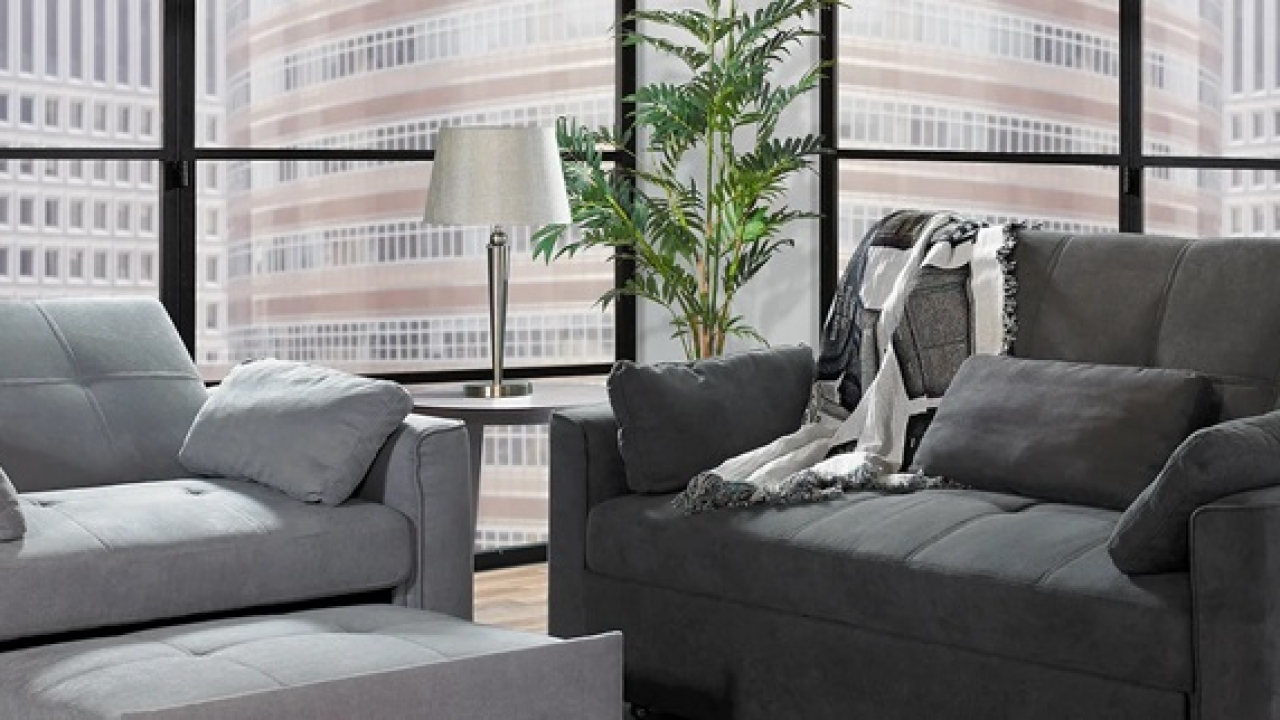Ensuring Safety with Bunk Beds for Kids: A Comprehensive Approach
Posted on 4 February, 2024 by HongDotson

Bunk beds can be a fantastic addition to a child's room, providing space-saving solutions and a sense of excitement. However, ensuring the safety of your kids is paramount when it comes to bunk beds. Follow these comprehensive guidelines to create a secure sleeping environment for your children.
1. Choose a Sturdy and Reliable Model:
Select a bunk bed that meets or exceeds safety standards. Look for sturdy construction, high-quality materials, and proper reinforcement. Ensure the bed has been tested for safety, and opt for reputable brands with positive customer reviews.
2. Follow Manufacturer's Instructions:
Always adhere to the manufacturer's assembly instructions meticulously. Skipping steps or making assumptions during assembly can compromise the structural integrity of the bunk bed, leading to potential safety hazards.
3. Regularly Inspect and Tighten Fasteners:
Periodically inspect the bunk bed for any loose bolts, screws, or other fasteners. Tighten them as needed to maintain the bed's stability. A loose connection can lead to wobbling and instability, increasing the risk of accidents.
4. Guardrails are Non-Negotiable:
The upper bunk should always have secure guardrails on all sides to prevent accidental falls during sleep. Ensure that the guardrails are high enough to provide sufficient protection and that there are no gaps where a child could slip through.
5. Safe Ladder Usage:
Teach your kids how to use the ladder safely. Emphasize the importance of facing the ladder, using both hands, and not engaging in rough play while on the bunk bed. Consider installing handrails on the ladder for added support.
6. Proper Mattress Fit:
Use mattresses that fit the bed frames snugly, leaving no gaps where a child's limbs could become trapped. Check that the mattresses are suitable for bunk beds and meet safety standards for firmness.
7. Strict Weight Limits:
Abide by the weight limits specified by the manufacturer. Overloading the bunk bed with excessive weight can compromise its structural integrity and pose a serious safety risk.
8. Age-Appropriate:
Consider the age and maturity of your children when introducing bunk beds. Younger children may not be ready for the responsibility of sleeping on the upper bunk. Make the transition when you are confident they can follow safety guidelines.
9. Nightlights for Upper Bunk:
Install nightlights or provide a safe way for children on the upper bunk to see the ladder and navigate the space during the night. This reduces the risk of accidents in the dark.
10. Educate Your Children:
Regularly remind your kids about bunk bed safety rules. Teach them to avoid jumping on the beds, roughhousing, or playing on the ladder. Encourage open communication, so they feel comfortable reporting any concerns.
Conclusion:
By following these comprehensive safety guidelines, you can provide a secure and enjoyable sleeping environment for your children with bunk beds for kids. Remember that consistent monitoring, communication, and adherence to safety measures are key to preventing accidents and ensuring peace of mind for both parents and kids.
https://www.brihaspatitech.com/
27 March, 2019
http://www.ayushremedies.com
22 February, 2017
https://www.cmarix.com
15 July, 2019